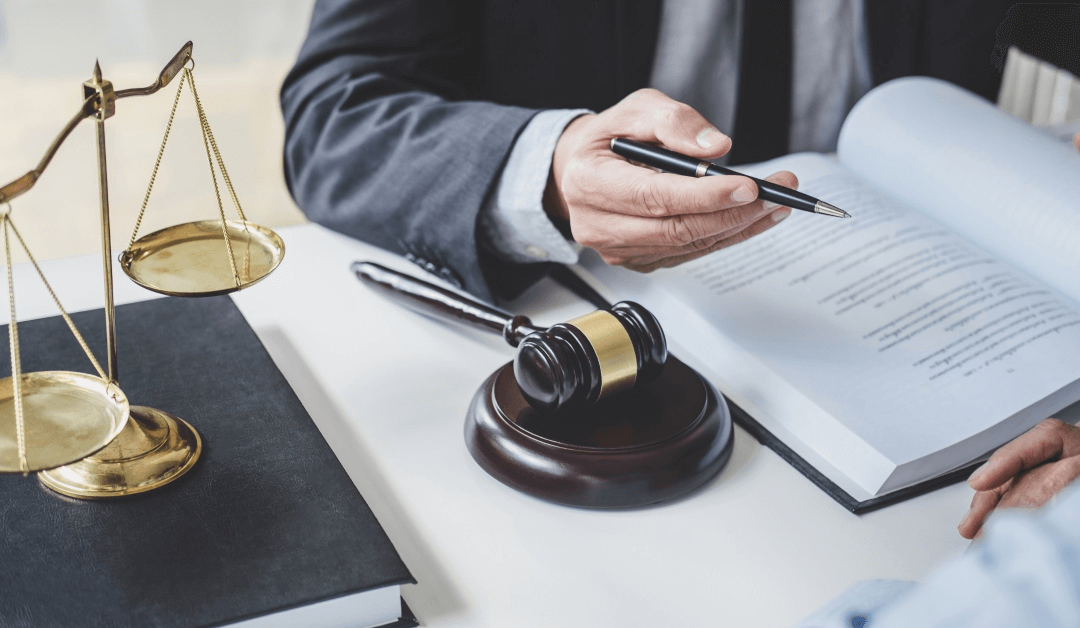

The three most common defenses are (i) the contemporaneous exchange for new value, (ii) the subsequent new value and (iii) the ordinary course of business defenses.
#Bankruptcy preferential treatment code#
The Bankruptcy Code provides several defenses to preference liability in order to encourage creditors to continue conducting business with a financially troubled debtor in the hope of avoiding a bankruptcy filing. Likewise, the grant or perfection of a new security interest within the preference period, such as the acquisition of additional security through a workout, is also subject to potential avoidance. However, under-secured and unsecured creditors do need to be aware of preference risks because pre-petition payments within the preference period will improve those parties’ distribution upon liquidation. As a result, fully secured creditors typically do not need to be concerned about preference risk because pre-petition payments do not provide secured creditors with a greater distribution than they would receive upon liquidation of the collateral.

Preference liability is predicated upon a creditor’s betterment of position during the ninety days preceding the commencement of a bankruptcy case. The trustee bears the burden of proof in establishing that the payment was (i) a transfer of an interest of the debtor in property, (ii) made to or for the benefit of a creditor, (iii) for or on account of an antecedent debt, (iv) made while the debtor was insolvent, (v) made within 90 days before the date of filing the bankruptcy petition (or within one year if the creditor is an insider of the debtor) and (vi) that resulted in the creditor receiving a greater distribution than it otherwise would have in a chapter 7 distribution. Section 547 of the Bankruptcy Code sets forth the required elements that a trustee, or debtor in possession, must successfully establish to recover a preferential payment. For that reason, all creditors should be aware of the following defenses and practical strategies for reducing potential liability to preference claims. Despite this underlying purpose of the Bankruptcy Code’s preference provisions, there is nothing improper about accepting a potentially avoidable preferential payment.
#Bankruptcy preferential treatment pro#
Whether you are a party to litigation entering into a settlement agreement, a trade creditor contemplating a compromise of a delinquent account, a lender negotiating a workout, or simply conducting business as usual, all dealings with financially troubled parties should be approached with an eye on avoiding preference risk.Īs a preliminary matter, although most creditors would likely consider it unreasonable that they be required to return a payment received on a valid debt, the preference provisions are intended to ensure all creditors receive an equitable pro rata share of the debtor’s assets. Credit Magazine, Buchalter Nemer Points & AuthoritiesĬreditors doing business with entities they suspect are on the verge of seeking bankruptcy protection need to be aware that they may be required to return the payments received from that entity within the 90 days preceding the commencement of a bankruptcy case.


 0 kommentar(er)
0 kommentar(er)
